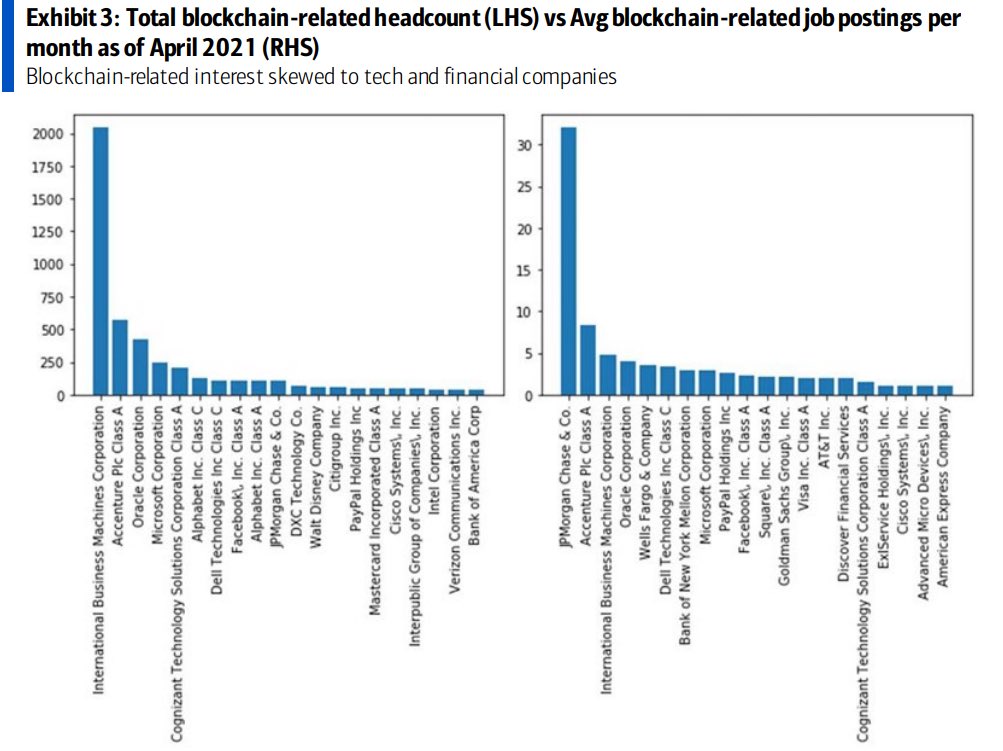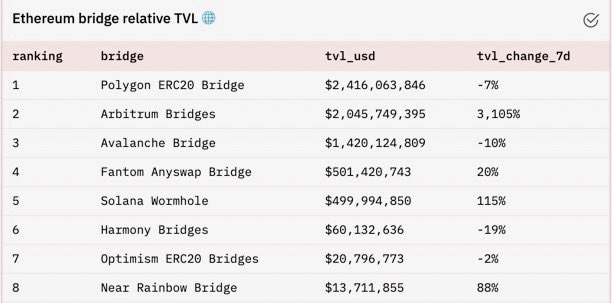
Today, I’d like to discuss a project i’ve been keeping my eye on for quite some time.
The team has been working for 4 years developing a hardware wallet, & just recently announced the launch of a new Layer 0 protocol which enables off chain transfers using secure hardware.
The team has been working for 4 years developing a hardware wallet, & just recently announced the launch of a new Layer 0 protocol which enables off chain transfers using secure hardware.
Introducing @gridplus:
The team behind Grid+ consists of former ConsenSys engineers with expertise in mechanical engineering & Physics.
Their original use case, Grid Plus Energy, aimed at providing consumers direct access to wholesale energy markets.
The team behind Grid+ consists of former ConsenSys engineers with expertise in mechanical engineering & Physics.
Their original use case, Grid Plus Energy, aimed at providing consumers direct access to wholesale energy markets.
Each $GRID token represented a credit on Grid+, which is redeemable for the right to purchase 500 kWh at wholesale prices
For each 500 kWh used, one $GRID token is redeemed and the difference between your fixed rate & actual wholesale rates is credited to your account
For each 500 kWh used, one $GRID token is redeemed and the difference between your fixed rate & actual wholesale rates is credited to your account

This original concept was doing well, until things took a turn for the worst.
In February 2021, Texas experienced a winter storm that led to a systemic collapse of Texas’ deregulated energy market.
In February 2021, Texas experienced a winter storm that led to a systemic collapse of Texas’ deregulated energy market.

Widespread power generation failures created an energy shortage that led to wholesale electricity costs to hit record levels (45,000% higher than normal).
This put Grid+ Energy at risk, & led to them selling the subsidiary in order to dedicate resources to other avenues.
This put Grid+ Energy at risk, & led to them selling the subsidiary in order to dedicate resources to other avenues.
During their time in the energy sector, the Grid+ team was exploring efforts on how the energy market could benefit from cryptocurrencies.
The two main important features inhibiting the mass adoption of cryptocurrencies was scalability and usability.
The two main important features inhibiting the mass adoption of cryptocurrencies was scalability and usability.
In response to these current limitations, mainly usability, the Grid+ team set out to create the Lattice 1, a hardware wallet that enables non-technical persons to participate in crypto
The Lattice 1 does so by building upon well known concepts known within the banking system
The Lattice 1 does so by building upon well known concepts known within the banking system
One such feature introduced by the Lattice 1 is the use of smart cards, referred to as “Safe Cards”.
Safe Cards are a PIN protected, unpowered physical key store. This allows the storage of digital secrets offline, while giving a familiar experience of $$ money with a chip card
Safe Cards are a PIN protected, unpowered physical key store. This allows the storage of digital secrets offline, while giving a familiar experience of $$ money with a chip card
The SafeCard is designed to interface with the Lattice 1, which is contact-only and draws exclusively secure screens.
At installation, the SafeCard generates an “identity” key pair from the cards physically uncloneable function (PUF), which can be used to reveal its public key
At installation, the SafeCard generates an “identity” key pair from the cards physically uncloneable function (PUF), which can be used to reveal its public key
Secure hardware & trusted cards leads to several use cases that are entirely new
For the purpose of this thread, we will focus on scalability
The card’s applet is open source & instances are signed by Grid+, so there is confidence that every card is using the correct software
For the purpose of this thread, we will focus on scalability
The card’s applet is open source & instances are signed by Grid+, so there is confidence that every card is using the correct software
If an attacker were to attempt to create a fake card, he would not be able to replicate the certificate & all interfacing with the Lattice 1 would fail.
This chain of trust enforces consensus by hardware, which allows a previously unexplored approach toward scaling blockchains
This chain of trust enforces consensus by hardware, which allows a previously unexplored approach toward scaling blockchains
This is where the project’s newly announced protocol, Phonon Network, comes into play.
When initially planning a L2 solution, the team planned on using state channels, but arrived at a unique solution that opens up many more possibilities..
When initially planning a L2 solution, the team planned on using state channels, but arrived at a unique solution that opens up many more possibilities..
Utilizing Grid+’s secure hardware & the physically uncloneable function on SafeCards, the Phonon Network is able to facilitate an off chain protocol for fast, free, & privacy-preserving transactions.
This network allows you to essentially change any crypto onto p2p cash.
This network allows you to essentially change any crypto onto p2p cash.
Phonon is completely p2p & independent of the internet. It leverages the hardware security of secure-elements/HSMs (SmartCards) to allow the storage & transfer of “phonons”.
In this network, transactions occur w/o the need to broadcast it to an external ledger.
In this network, transactions occur w/o the need to broadcast it to an external ledger.
At a high level, transactions within Phonon Network occur through the use of Phonons.
A Phonon is a non fungible “packet” of tokens & representation of a public/private key pair with some information describing a digital asset encumbered to that key.
A Phonon is a non fungible “packet” of tokens & representation of a public/private key pair with some information describing a digital asset encumbered to that key.
These Phonons are deposited on-chain according to the constraints of the given network.
Each Phonon is associated to a deposit address, which is generated by the depositor’s card using its PUF.
Each Phonon is associated to a deposit address, which is generated by the depositor’s card using its PUF.
For $BTC, phonons may be deposited in a standard transaction.
For $ETH , a settlement smart contract is used to hold balances & map them to a depositor’s address.
In each case, a phonon is mapped 1:1 to a deposit address, which is derived from the PUF on the depositing card
For $ETH , a settlement smart contract is used to hold balances & map them to a depositor’s address.
In each case, a phonon is mapped 1:1 to a deposit address, which is derived from the PUF on the depositing card
When transferring phonons, a tx can be built & encrypted using a shared secret only known to those two cards (sender & receiver) via ECDH key exchange.
When the sender’s card emits a transaction, the phonon is automatically deleted internally.
When the sender’s card emits a transaction, the phonon is automatically deleted internally.
The receiver’s card (and only that card) can import and receive that phonon transaction.
When a user wants to unlock & redeem assets associated with a phonon, the user will specify a number phonons to be exported from the card.
When a user wants to unlock & redeem assets associated with a phonon, the user will specify a number phonons to be exported from the card.
The card will respond by exporting each requested phonon (private key & asset data), so that the user can build the appropriate blockchain transactions to redeem the digital assets.
After exporting a phonon’s private key, the phonon is automatically deleted from the card.
After exporting a phonon’s private key, the phonon is automatically deleted from the card.
In this way, exchanging phonons is a secure mechanism of exchanging private keys, & consequently exchanging ownership of an asset w/o ever broadcasting the tx on the blockchain.
This is more secure & leaks less information than the most advanced obfuscation math out there - ZKPs
This is more secure & leaks less information than the most advanced obfuscation math out there - ZKPs
The Phonon network has many advantages over other L2 solutions.
Unlike state channels like lightning network & Raiden, it does not require the lock up of capital in counterparty channels.
Funds on Phonon can be instantaneously moved without the need of a challenge period.
Unlike state channels like lightning network & Raiden, it does not require the lock up of capital in counterparty channels.
Funds on Phonon can be instantaneously moved without the need of a challenge period.
Phonon is similar to Plasma, however, instead of relying upon a node operator to maintain up-time & connectivity, Phonon instead relies on cards to perform as designed.
Since rules are enforced by hardware, there is no need to continuously monitor the state of the blockchain
Since rules are enforced by hardware, there is no need to continuously monitor the state of the blockchain
While the implementation of direct p2p off chain transactions is unique on its own, this paves the way for more interesting applications such as
-Custom privacy pools
-Instant L1 <—> L2 withdrawals & cross-L2 transfers
-Micropayment services
-Private, trustless, cross-chain DEX
-Custom privacy pools
-Instant L1 <—> L2 withdrawals & cross-L2 transfers
-Micropayment services
-Private, trustless, cross-chain DEX
The team at Grid+ has been exciting to watch & are some of the most hard working (& smartest) people I have seen to date.
They are undergoing a migration from $GRID to $PHONON & have handed over control of the protocol to the DAO.
This one is definitely one to keep an eye on.👀
They are undergoing a migration from $GRID to $PHONON & have handed over control of the protocol to the DAO.
This one is definitely one to keep an eye on.👀
• • •
Missing some Tweet in this thread? You can try to
force a refresh



















